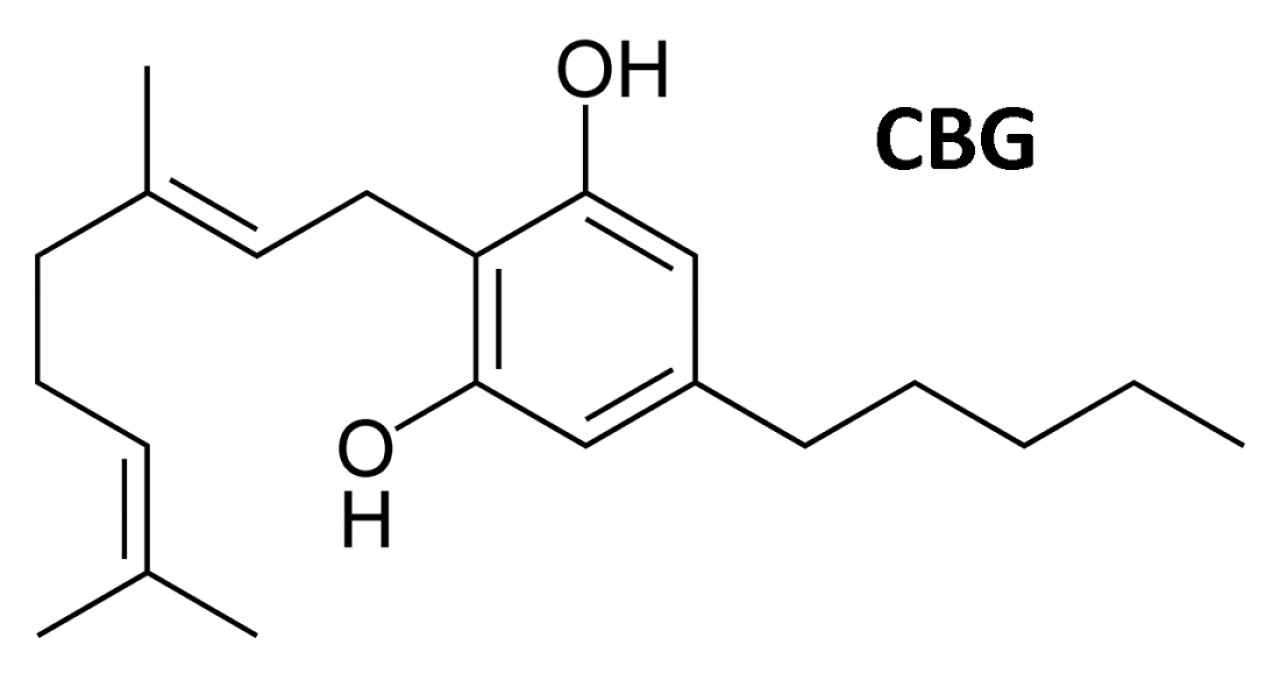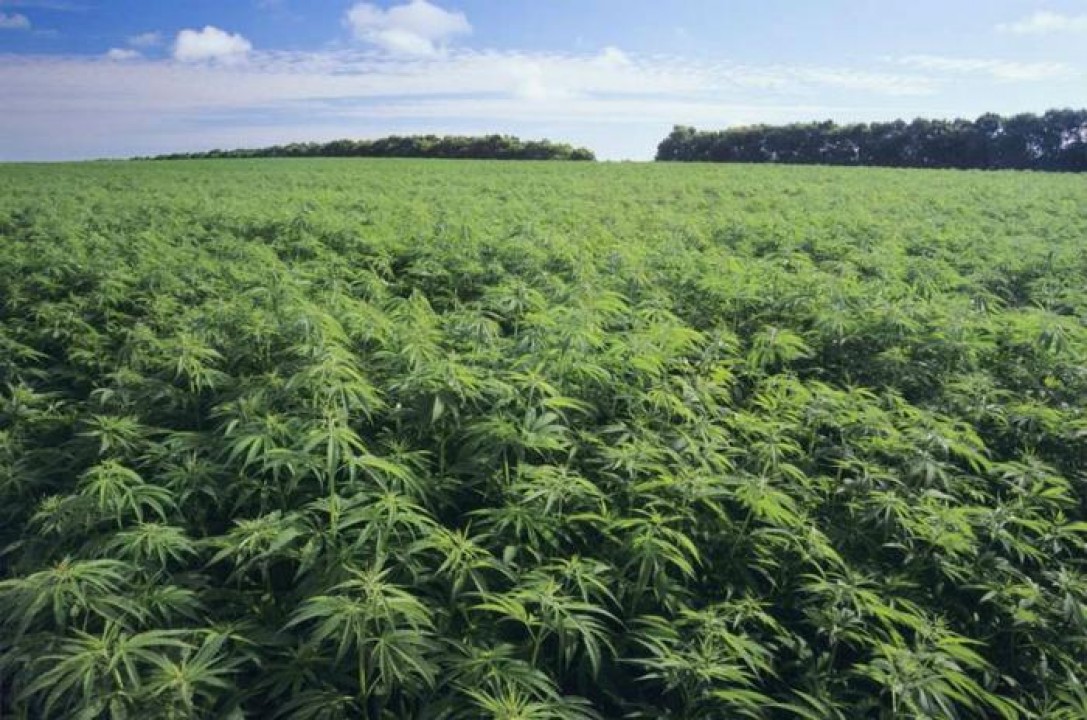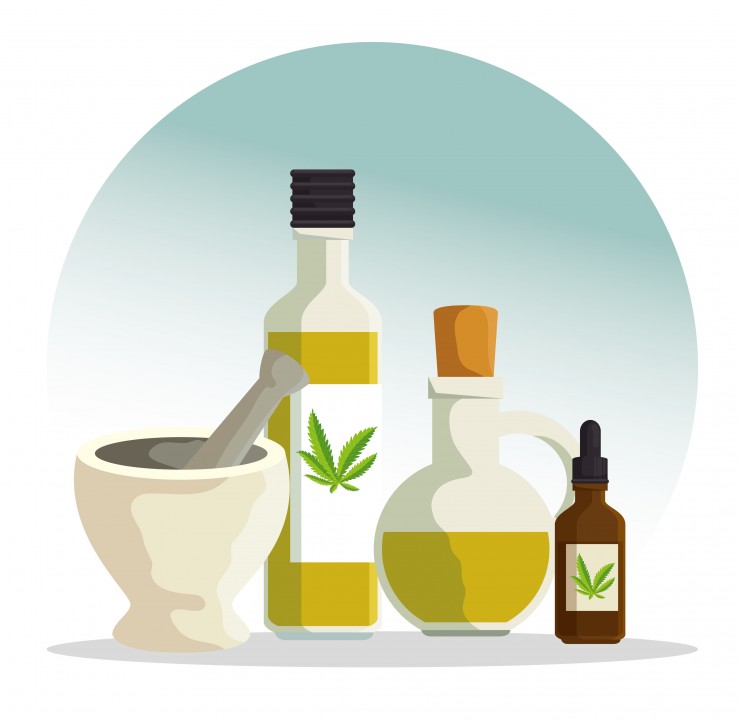Cannabinoids
06/12/21

Cannabigerol, CBG
Among all the hype and spotlight on CBD, lesser but important Cannabinoids are often neglected such as CBG, CBC and CBN. Among these cannabinoids is a dark horse called CBG that is putting up competition for CBD in terms of its medicinal potential.
But what is CBG? What are its benefits and why is it important? So we have designed to let you know all about the parent cannabinoid of the cannabis plant i.e. CBG.
CBG not CBD? What is that?
Cannabigerol, or CBG, is one of the cannabinoids found in the cannabis plant. It can be obtained from both hemp and marijuana plants. It is usually called the “mother” or precursor molecule of all other cannabinoids because all other cannabinoids are produced from the acidic form of CBG i.e., CBGA.
CBG is a rare compound that is present in smaller quantities as compared to CBD and THC. As opposed to 20-30% of THC and 20-25% of CBD, the amount of CBG is only 1%.
Due to its small concentration, making consumer products from it is expensive. However, due to its possible health benefits and growing popularity, many methods to obtain CBG are being analyzed.
How is CBG produced naturally?
CBG is obtained in higher amounts from young plants as compared to older plants. All cannabinoids are produced from CBGA such as THC, CBD, CBC which is why the amounts of CBG are only high when the plant is young and has yet to produce other cannabinoids. Conversely, if we examine mature plants, the amount of CBD and THC are high but CBG is very low.
Due to these issues growers have experimented with genetic alterations and cross-breeding to obtain plants that can produce large amounts of CBG. Some strains for example Super Glue CBG, Jack Frost CBG and White CBG contain greater amounts of CBG compared to others.
Will it cause a high?
The answer is a simple no. Just like CBD, CBG is also safe to consume as it cannot create a psychoactive effect or a “high” in the consumer. Scientifically speaking it acts as an opposite or antagonist since it interferes with the high caused by THC.
How CBG works?
When CBG is consumed by vaping, eating, dabbing or smoking, it enters our bloodstream. In the blood, it is circulated throughout the entire body and brain. When CBG reaches the brain it interacts with certain receptors of a major system of our body i.e., the endocannabinoid system or ECS.
The Endocannabinoid system has receptors in the brain as well as in the body and its responsibility is to keep the body in optimal condition regardless of what happens outside the body.
The main two receptors of the Endocannabinoid system are CB1 and CB2. CB1 is primarily located in the brain and nervous system whereas CB2 is present mainly in the immune system or other body parts.
CBG shows its effects by binding to both these receptors. By doing so it can enhance the functioning of anandamide neurotransmitter that is known to positively affect pain, sleep, motivation, pleasure and appetite.
Health properties and benefits of CBG
The beneficial properties of CBG are closely related to what role it plays in the human body. If you consume CBG in the right doses, it may act as an:
- Antidepressant (relieves depression).
- Antibacterial (kills pathogen bacteria or fungus).
- Appetite stimulant (increases hunger).
- Anti-convulsive (decreases convulsions or seizures).
- Analgesic (pain relief).
- Anti-insomnia (sleep aid).
- Anti-proliferative (impedes cancerous cell spread).
- Bone stimulant and brain stimulant (promotes bone and neutron growth).
- Anti-inflammatory (eases inflammation).
What research says
Now let’s take a detailed look at how the above-mentioned health properties of CBG help in providing relief and what science says about them.
- Lowers pain
It is found via anecdotal research that CBG can lower pain effectively.
- Irritable bowel disease
IBD or irritable bowel disease affects millions of people globally that causes inflammation in the bowel region of the body. Some research states that CBG may help in treating IBD. The research was conducted on mice with artificially induced inflammation in the colon. When CBG was consumed by these mice, it resulted in lower production of reactive oxygen species and nitric oxide. It also showed reduced inflammation in the intestines of the mice.
- Glaucoma
Researchers have seen a ray of hope for glaucoma patients by using CBG in animal models. Scientists observed that administration of CBG results in lower pressure in the eye as well as the enhanced outflow of fluid from the eye.
- Huntington’s disease
This disease causes nerve cell breakdown in the brain. In a study in 2015, scientists explored the neuroprotective abilities of CBG in mice suffering from Huntington’s disease (model). The findings of this study show that CBG can protect nerve cells from damage.
- Antibiotic potential
A study in 2020 shows that CBG has strong antimicrobial properties especially against MRSA or methicillin-resistant staphylococcus aureus. This bacteria is drug-resistant and causes various infections.
How to consume CBG?
Like other cannabinoids, CBG can be consumed in different forms such as capsules, gummies, oils and tinctures. However, the easiest and most common way to use CBG is in oil form. You can enjoy the benefits of CBG by consuming pure CBG oil but it is expensive. There is another way to use CBG that is in the form of broad-spectrum or full-spectrum CBD products. Now you might be wondering why should you use these products when we only want CBG? Turns out, if cannabinoids are used collectively they can enhance each other’s therapeutic effects and give more benefits to the user.
Conclusion
Although this precursor cannabinoid is rare and expensive, its popularity is rising due to the valuable health benefits it offers. Before we use it as a therapeutic alternative it would be best to discuss its efficacy with a doctor.


